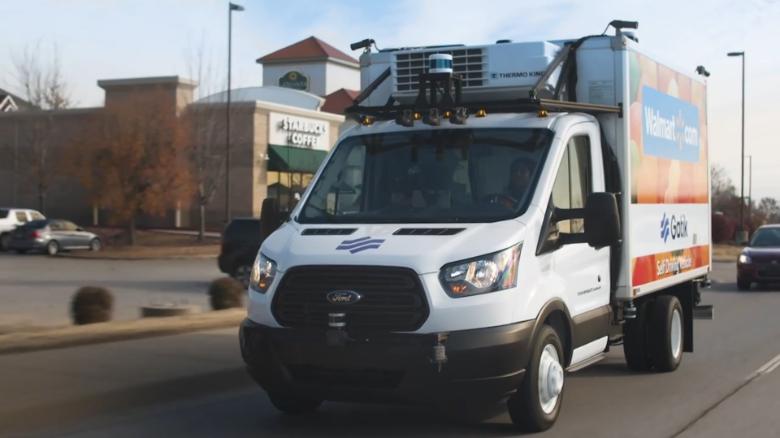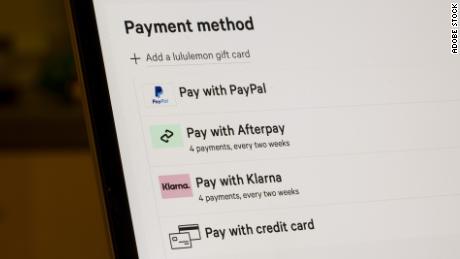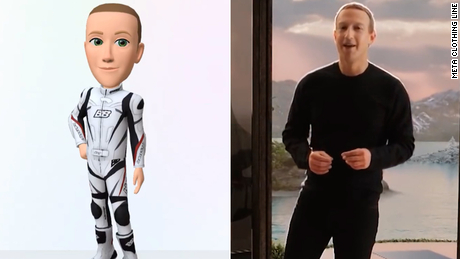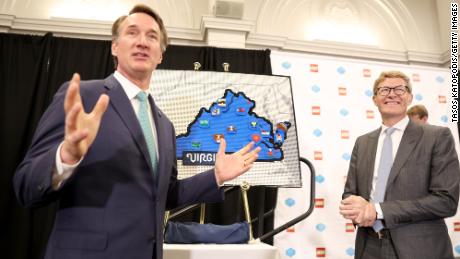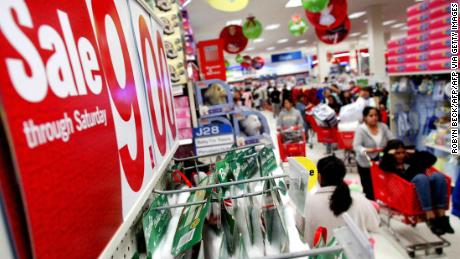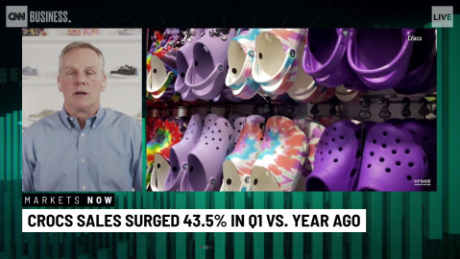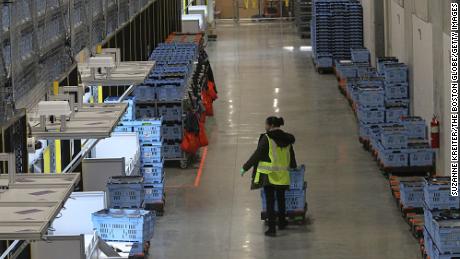New York (CNN Business)Let's say you're shopping for something on Walmart.com ŌĆö maybe t-shirts.
Under the category on the site, you'll see a number of options shipped and sold by Walmart itself. Then, there are others. You can get a Ford Mustang tee from a third-party seller named Wild Bobby, or one boasting Disney's Stitch character from the seller Open and Clothing. Basically, there's no shortage of t-shirts to choose from. And that goes for other categories like toys and kitchenware, too.
That's because Walmart (WMT) has been rapidly expanding the number of third-party sellers on its site.
Over the past year, it's been adding to its network of merchants. It recently opened up its platform to sellers outside the United States for the first time and is trying to lure even more through incentives like zero commission fees for 30 days.
Walmart's marketplace has been around since 2009, but only in recent years did it become a key priority for the company as it battles Amazon (AMZN) online. E-commerce makes up less than 10% of sales at Walmart, but it's growing rapidly as Walmart shifts from its brick-and-mortar roots to reach customers online.
Walmart says it's aiming to grow its marketplace to give customers a wider selection of product choices online than the company itself can offer directly.
"Our customers are looking for us to provide them as much breadth and depth as they can find," Jeff Clementz, vice president of Walmart Marketplace, said in an interview. Marketplace sellers "round out" Walmart's online offering, he said.
Also, Walmart's online business isn't profitable, and it can make more money from third-party sales than from selling its own merchandise online. Not only does the company collect commission fees from sellers, it can then upsell merchants on even more products: ads, delivery services or even lines of credit through a partnership with Goldman Sachs.
Walmart has a long way to go to catch up to Amazon, which has more than 1.9 million active third-party sellers. Walmart won't disclose figures, but according to e-commerce data firm Marketplace Pulse, it had fewer than 7,000 sellers at the beginning of 2017. Since then, Walmart has added around 80,000 merchants.
Going after more sellers could come with risks. In particular, the move to open its platform to sellers outside the US could expose Walmart to more fake and poor-quality items, Juozas Kaziukenas, the founder of Marketplace Pulse, said. The US Government Accountability Office said in a 2018 report that 88% of counterfeit goods in 2016 arriving in the United States came from China and Hong Kong.
Clementz defended the move, saying Walmart had been testing a pilot for overseas sellers that has been well-received with customers and gave Walmart confidence to open it up more widely.
"You're going to go through the same vetting process that has a very high bar," he said.
'A lot of eyeballs'
Sellers say they joined Walmart.com for a simple reason: to help them reach more customers.
Katie Melissa has been selling home goods and kitchenware like Crock-Pots, toasters, and microwaves on Walmart's marketplace for a year. She had previously sold her products on Amazon and Etsy but wanted to join Walmart to reach a new audience that didn't shop on those sites. Walmart boasts that 120 million customers visit its site every week.
"I knew it was going to generate a lot of eyeballs on my products," she said. "It's a high potential marketplace."
The two companies have different vetting processes for sellers. On Amazon, they have to go through a registration process where Amazon reviews sellers' information and identity to weed out sellers hawking counterfeit products. With Walmart, sellers are subjected to a process that includes a review of the products they sell, their sales history and previous product and seller reviews.
Melissa said it was difficult to gain approval to begin selling on the marketplace. She had to provide a compelling reason why she would be a good fit to sell on Walmart's marketplace ŌĆö something she never experienced at Amazon ŌĆö and had a longer application process than she did on Amazon.
She said selling on the platform "has been smooth so far." She quickly hit six-figures in monthly revenue and says there is less competition on Walmart.com than Amazon because there are fewer sellers.
One seller says Walmart.com comes with challenges, though. Jonathan Hedden is the owner of Flyclothing.com, which sells Rock & Roll and retro clothing like ACDC and Led Zeppelin t-shirts, leather jackets and belt buckles, and motorcycle bags. Hedden started selling on Walmart more than two years ago.
He had been growing frustrated with selling on Amazon. He was dealing with stiffened competition on Amazon from foreign sellers who offered similar clothing to his licensed goods for lower prices.
Hedden stopped selling on Amazon in January and says he's making 40% of the sales through Walmart's marketplace that he did on Amazon. He is concerned the addition of foreign sellers on Walmart will lead to some of the same problems he faced with Amazon.
He's also having trouble uploading inventory, shipping information and listing products on the site.
"There are tools that don't work properly," he said. "I don't feel that they completely understand the e-commerce sphere."
In response to Hedden's concerns, a Walmart spokesperson said in an email that its marketplace "contains predominantly US sellers" and "that is not changing."
Walmart is "moving fast to build out a seamless seller experience," the spokesperson said.
"While we have work to do, we are grateful for their collaboration and feedback as we improve and scale our support capabilities."
"While we have work to do, we are grateful for their collaboration and feedback as we improve and scale our support capabilities."
